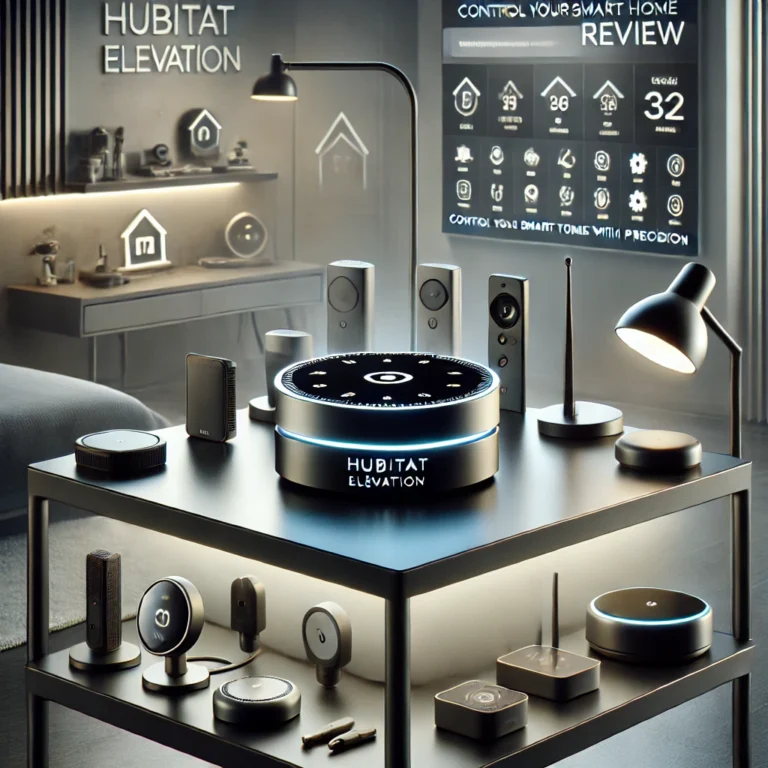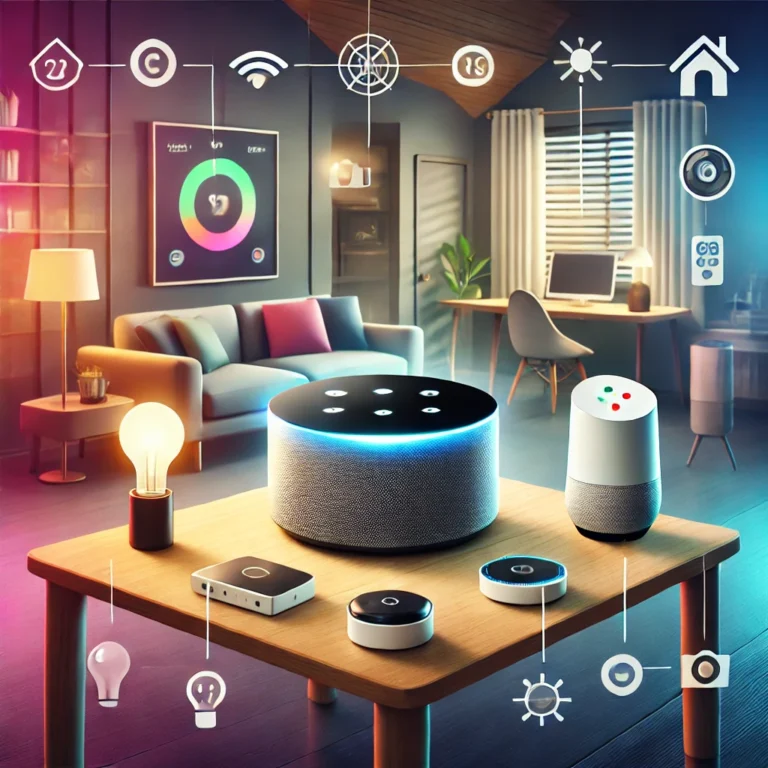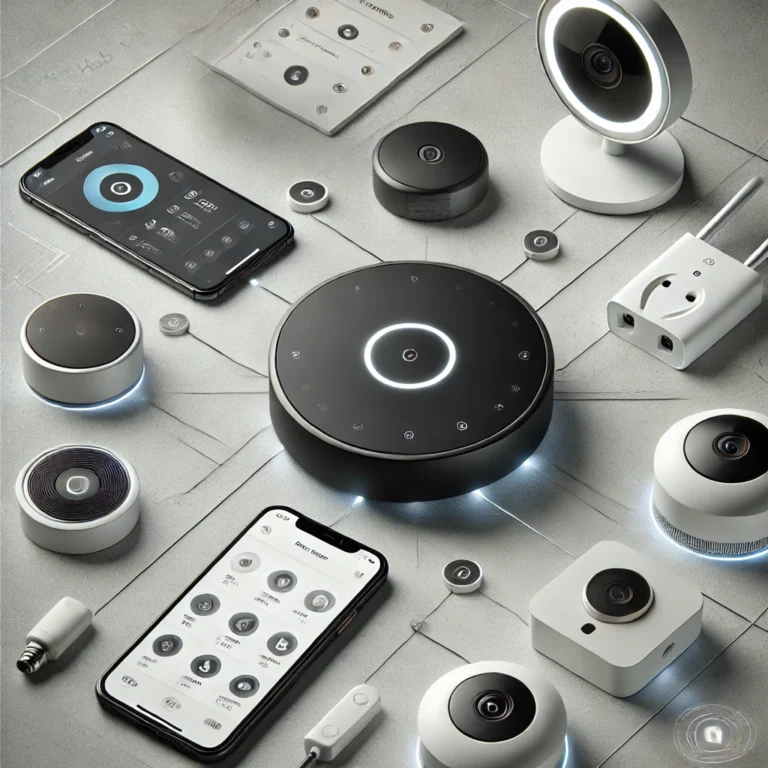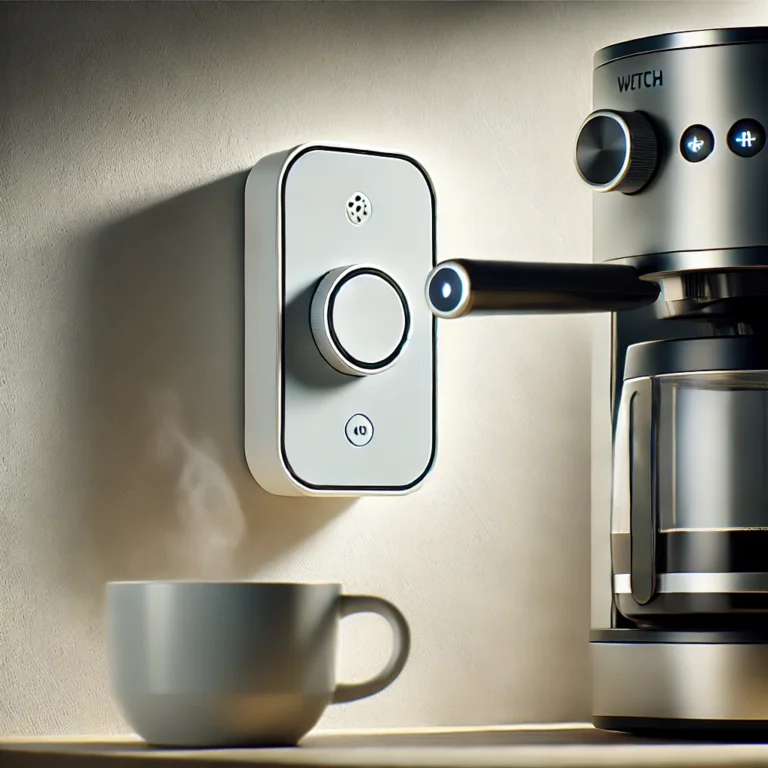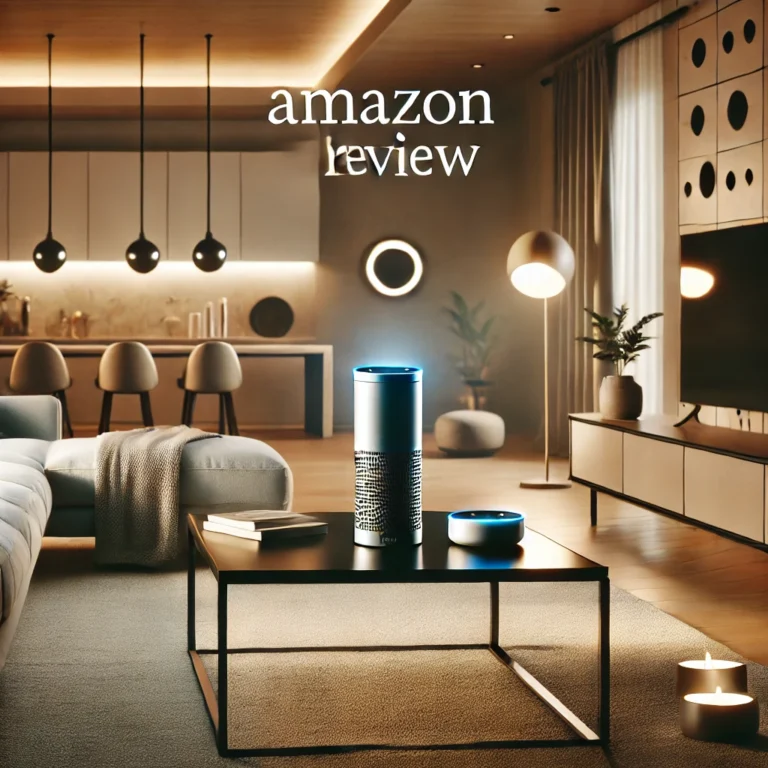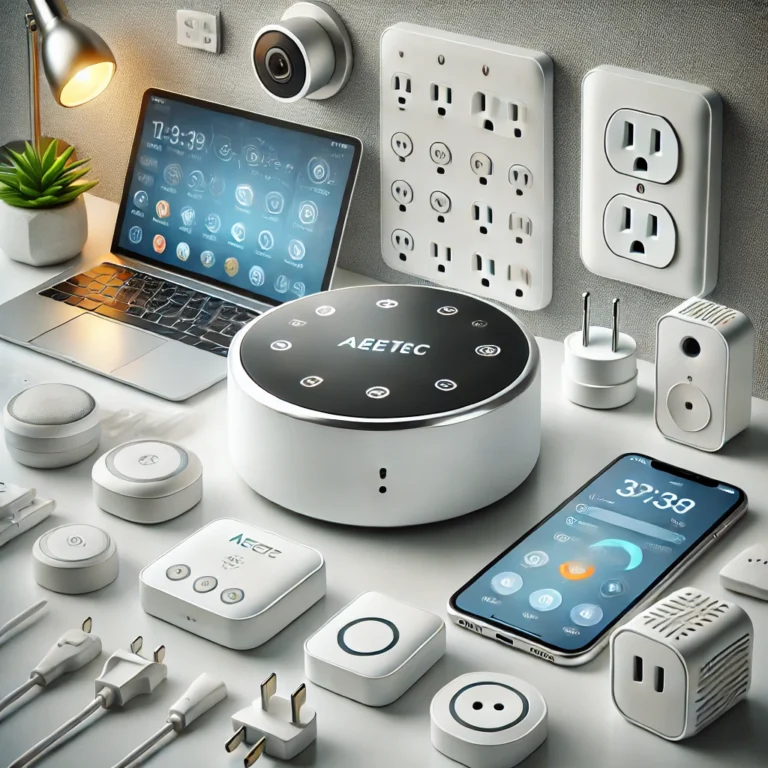Home Automation in 2024: Where to Start for Beginners
Home automation is more accessible than ever in 2024, offering homeowners convenience, security, and energy efficiency.
If you’re new to the concept, the idea of turning your house into a “smart home” might seem overwhelming, but it’s easier than you think to get started. In this guide, we’ll walk through some of the easiest ways to automate your home, what to consider before diving in, and how to start small with your budget in mind.
Click here to check out the best home automation hubs…
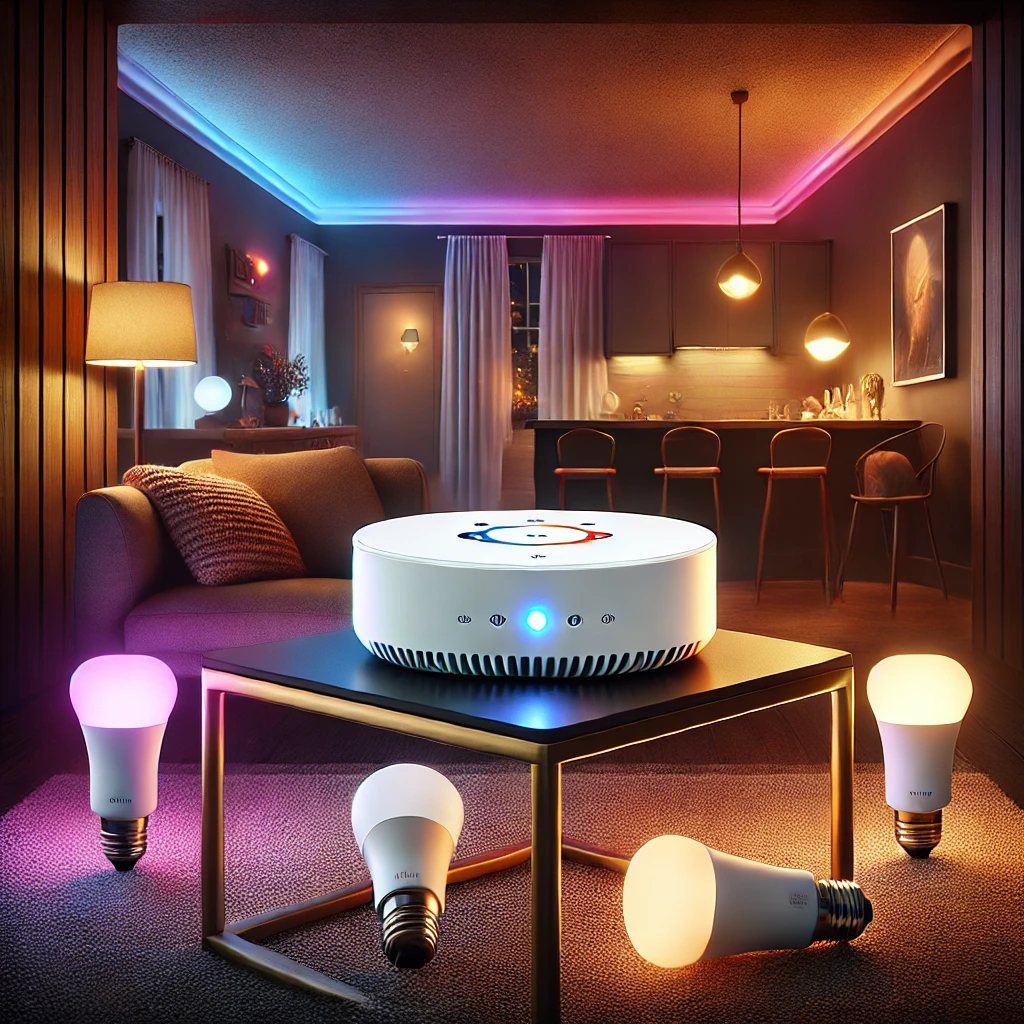
The Easiest Things to Automate in Your Home
When you’re just beginning, it’s best to start with a few simple devices that can make a noticeable impact on your daily life.
Here are the top three devices to automate first:
1. Smart Lights
Smart lighting is one of the most popular and easy-to-install home automation options. With smart bulbs or switches, you can control your home’s lighting through your phone or voice commands. You can automate routines like turning lights on at sunset, or setting them to dim when you start a movie.
How to Start: Begin by replacing traditional bulbs with smart bulbs from brands like Philips Hue, Wyze, or Sengled. These bulbs can be connected to your Wi-Fi and controlled with an app.
Why It’s Great: Easy to set up, energy-efficient, and a simple way to introduce automation into your daily life.
2. Smart Doorbells
Smart doorbells provide added security and convenience. These devices let you see who’s at your door, even when you’re not home, through a smartphone app.
How to Start: Popular options like Ring or Google Nest make installation simple, often just replacing your existing doorbell.
Why It’s Great: Real-time notifications and video feeds ensure you’re always aware of who’s at your door, offering an added layer of security.
3. Smart Plugs and Switches
Smart plugs are perfect for automating appliances, lamps, or other devices that aren’t inherently smart. Similarly, smart switches can replace existing wall switches, allowing you to control multiple devices remotely.
How to Start: Brands like TP-Link and Kasa offer affordable smart plugs and switches that you can control through an app or voice assistant.
Why It’s Great: You can easily set schedules or control these devices from anywhere, making them highly flexible and convenient for beginners.
The above recommendations on the best places to start if you want to be able to automate your home, however make sure that you also think about what you need automated.
For instance, if you are looking to automate security cameras, auto Feeders and litter trays then you need to focus on those products.
The above examples are a great way to get started with home automation if you are looking to connect to a hub and control your entire home.
Things to Consider Before You Automate
Before diving into home automation, there are a few key considerations to ensure a smooth experience:
1. Compatibility
Make sure the devices you choose are compatible with each other and the ecosystem you plan to use (Amazon Alexa, Google Assistant, Apple HomeKit, etc.). It’s important to avoid a mishmash of products that don’t work well together.
2. Security
With smart devices connected to your home’s network, ensuring they’re secure is crucial. Always keep your software up to date and use strong passwords or multi-factor authentication to prevent unauthorized access.
3. Wi-Fi Coverage
Many smart devices rely on your home Wi-Fi, so ensure you have a strong signal throughout your home. If you have a larger house or weak spots, you may need a mesh Wi-Fi system to maintain a reliable connection for all your devices.
Starting Small: Budget-Friendly Automation
Home automation doesn’t have to be expensive. You can start small and build your system over time. Here are some budget-friendly tips:
1. Set a Budget
Establish a starting budget for your automation projects. For example, $100 to $200 is a reasonable amount to begin automating a few key elements like lights and a doorbell.
2. Focus on Essentials
Start by automating just one or two areas of your home. A great entry-level setup could include a couple of smart light bulbs ($10–$20 each) and a smart plug or two ($15–$25).
3. DIY Installation
Most smart devices are designed for easy DIY installation, saving you the cost of professional help. Installation usually involves just replacing a bulb, plugging in a device, or using a screwdriver for simple wiring.
Why You Need a Home Hub
While many smart devices can be controlled through individual apps, a home hub makes everything work together seamlessly. A home hub is essentially the control center for your smart home, allowing you to automate routines and integrate multiple devices in one app or system.
Types of Home Hubs:
Amazon Echo: Works with Alexa-compatible devices.
Google Nest Hub: Ideal for those using Google Assistant.
Apple HomePod: Best for Apple HomeKit users.
Dedicated Hubs (SmartThings, Hubitat): These hubs provide more advanced automation, often integrating with a broader range of devices.
Benefits of a Hub:
Unified Control: Instead of juggling different apps for each device, you can manage them all in one place.
Voice Commands: Hubs like Amazon Echo or Google Nest let you control your devices with voice commands, adding another layer of convenience.
Advanced Automation: Hubs allow you to create custom routines, like turning off all lights when you leave home or setting your thermostat when you wake up.
Conclusion
Home automation in 2024 is easier and more affordable than ever, especially if you start with small, impactful changes like smart lights, doorbells, and switches. As a beginner, focus on the essentials, consider security and compatibility, and don’t feel pressured to automate everything at once. Starting small and investing in a home hub will pave the way for future expansion and a truly connected home.
You can start small and just control what you need to from the individual apps, if you are looking to automate your entire home then it will be well worth investing in a hub. You can click here to read a review on some of the best hubs available.
By automating key areas of your home and understanding the benefits of a home hub, you can enjoy more convenience, security, and energy savings as you gradually build your smart home over time. Happy automating!
